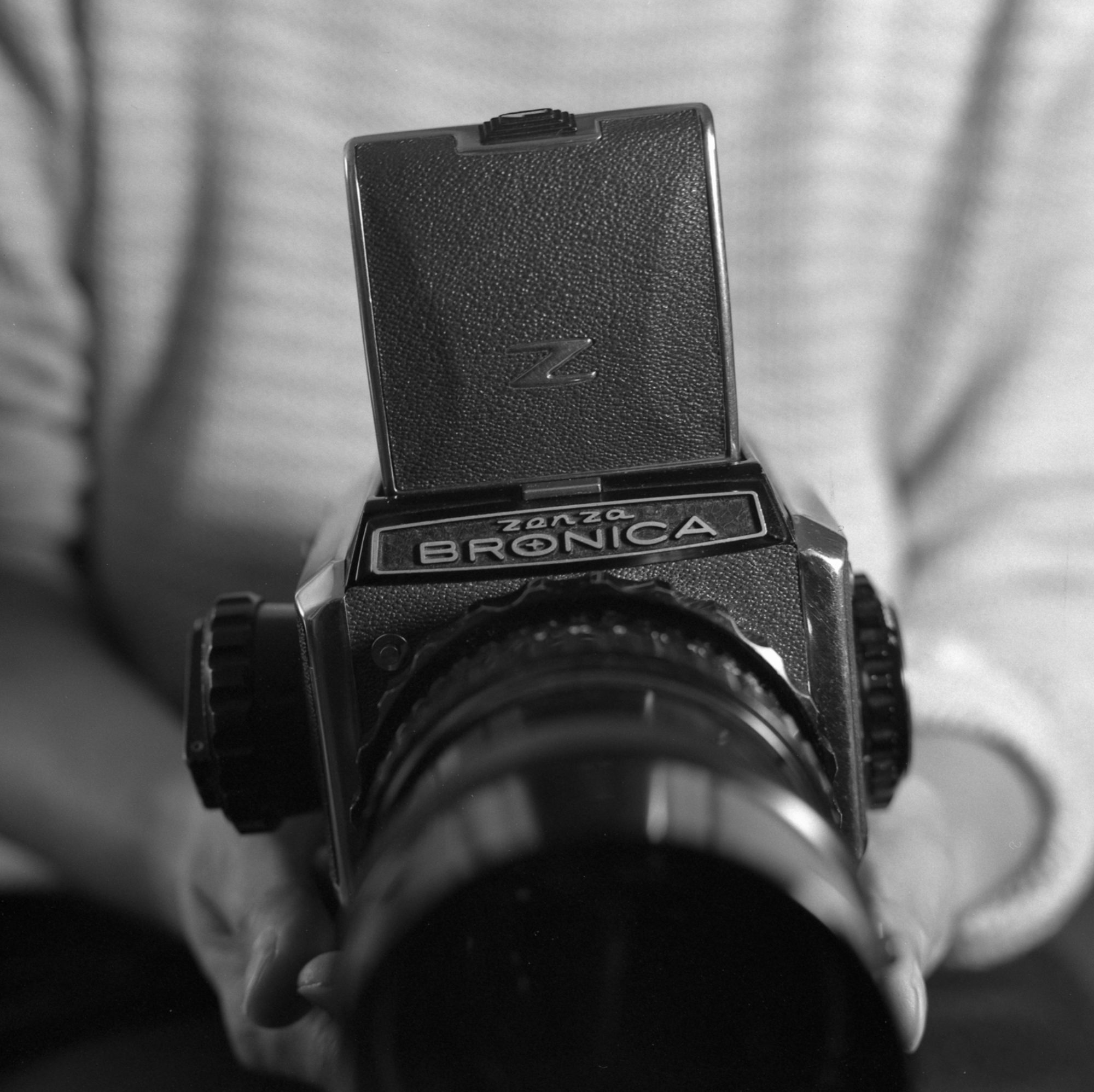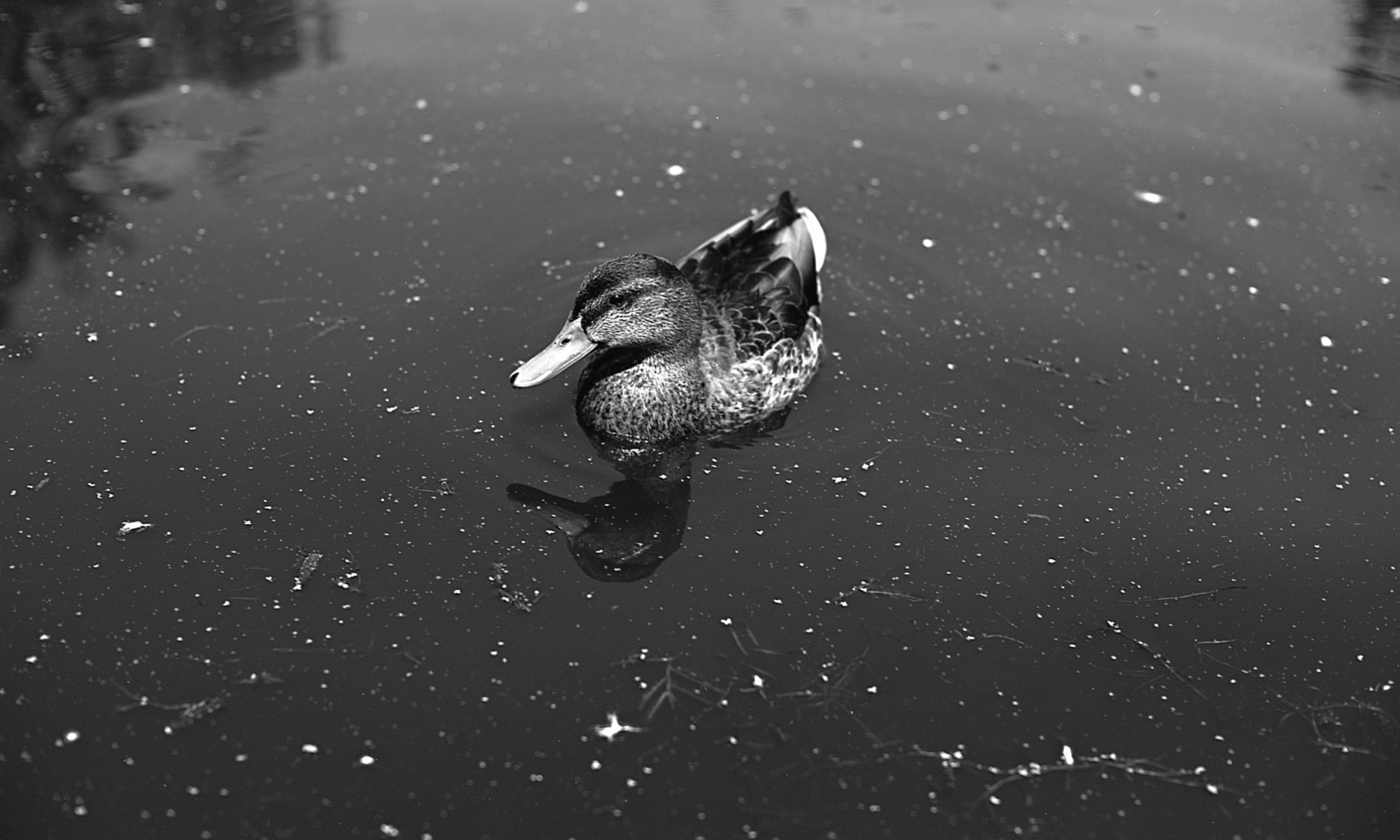I spent several long nights experimenting with my own positive developer, with which I could make photographs with and without grain, black and white and monochrome, and most importantly to make it suitable for lith print… just the holy grail. In combination with the paper used, I managed to achieve quite interesting results. I used one pack of Fomabrom N 112 for testing. At the moment when it became clear that this developer, composed of three solutions, can do a lot of effects depending on the given ratios, I used Fomatone MG clasic 132 paper. Because the lith print result seems really great to me, I named this developer Never The basis of this developer is the excellent negative developer 510Pyro in a dilution of 1:200. By mixing the other two solutions in different proportions, we get an almost infinite number of combinations of the results in the photo 🙃🎞📷🖼
First exploration of this developer’s abilities on Fomabrom N112 papers
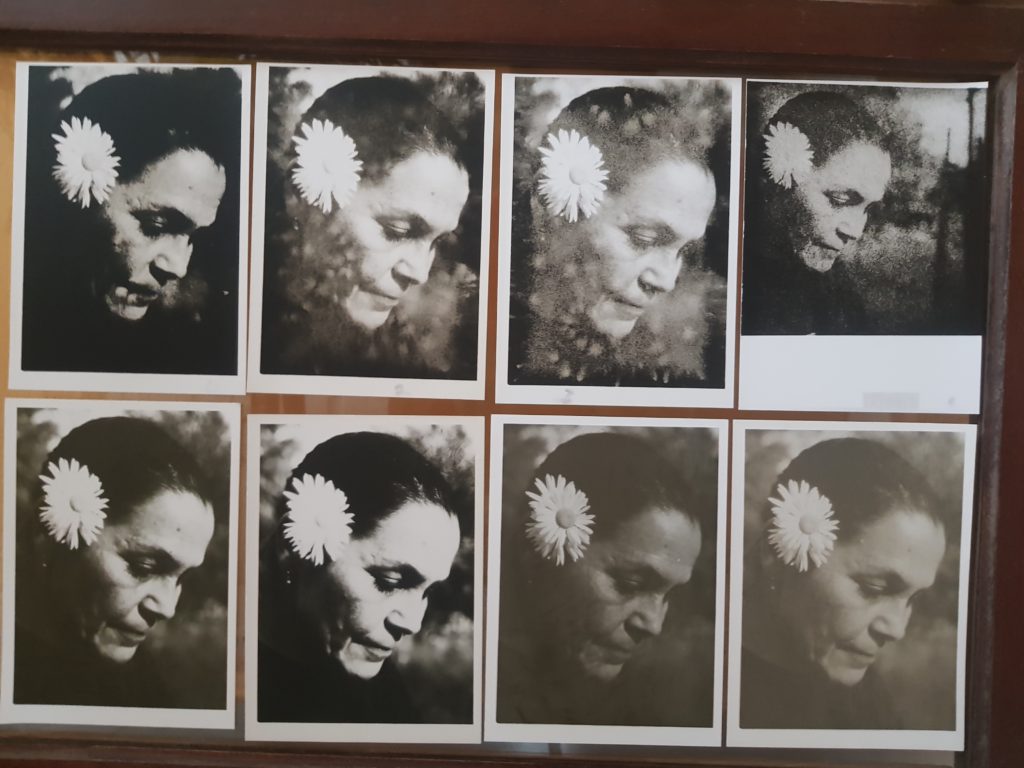
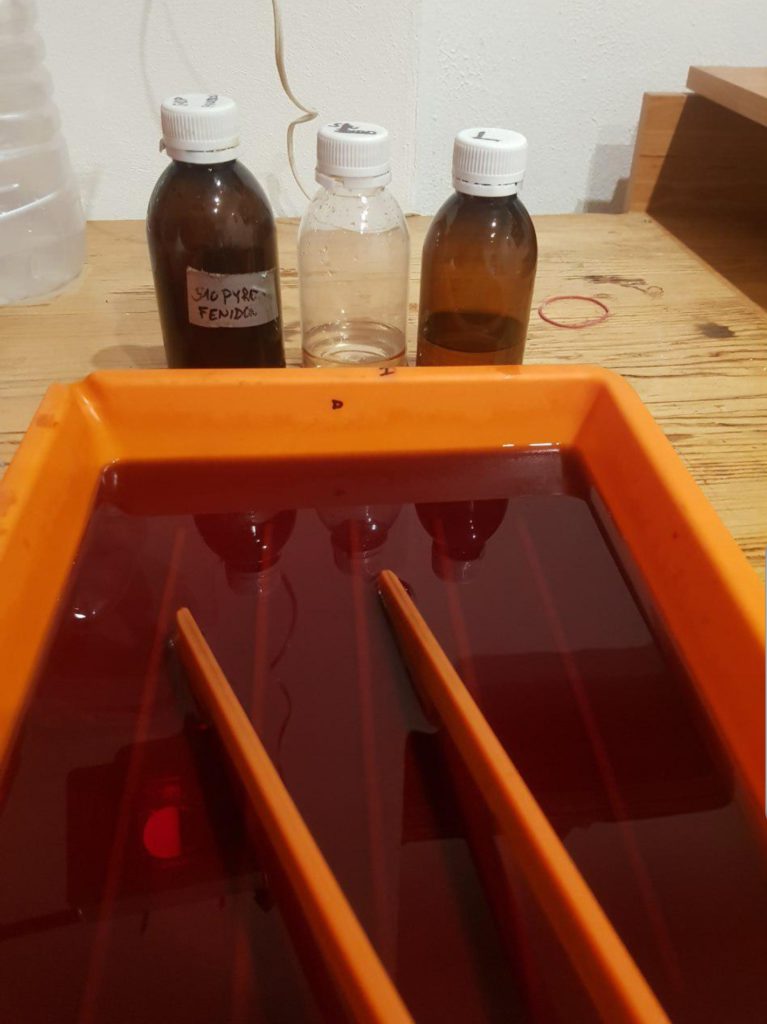
- Nikon F4 + Nikkor f1,4/50mm
- Kodak 2237 ISO 1@12 (push 3EV) + 510Pyro
- Fomatone MG132 classic + Never(own formula of developer)
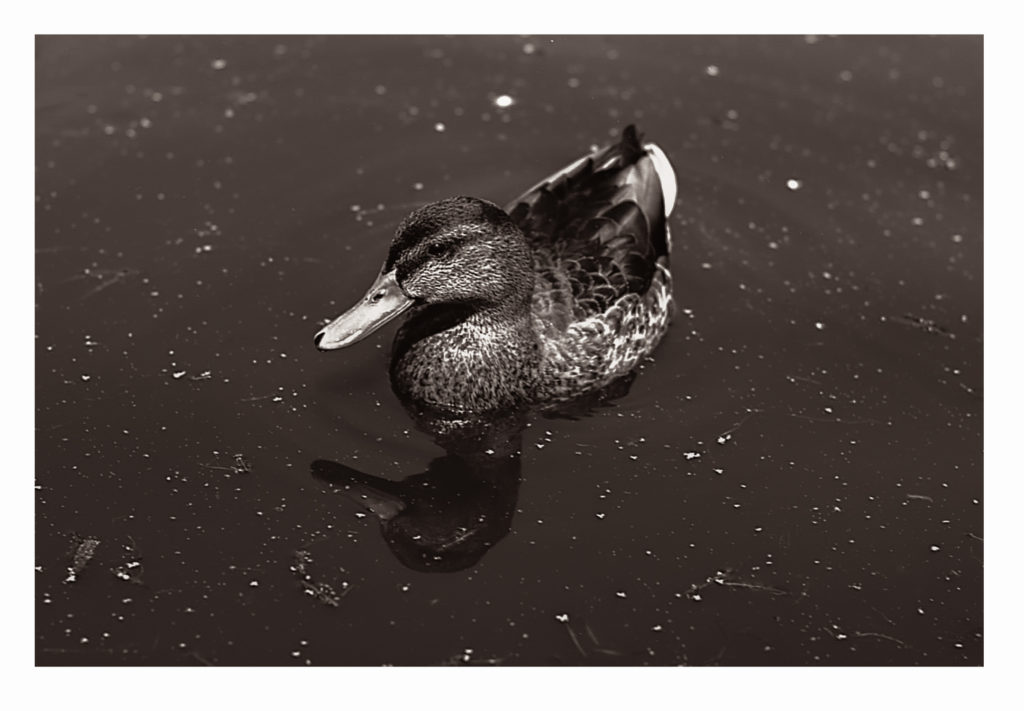
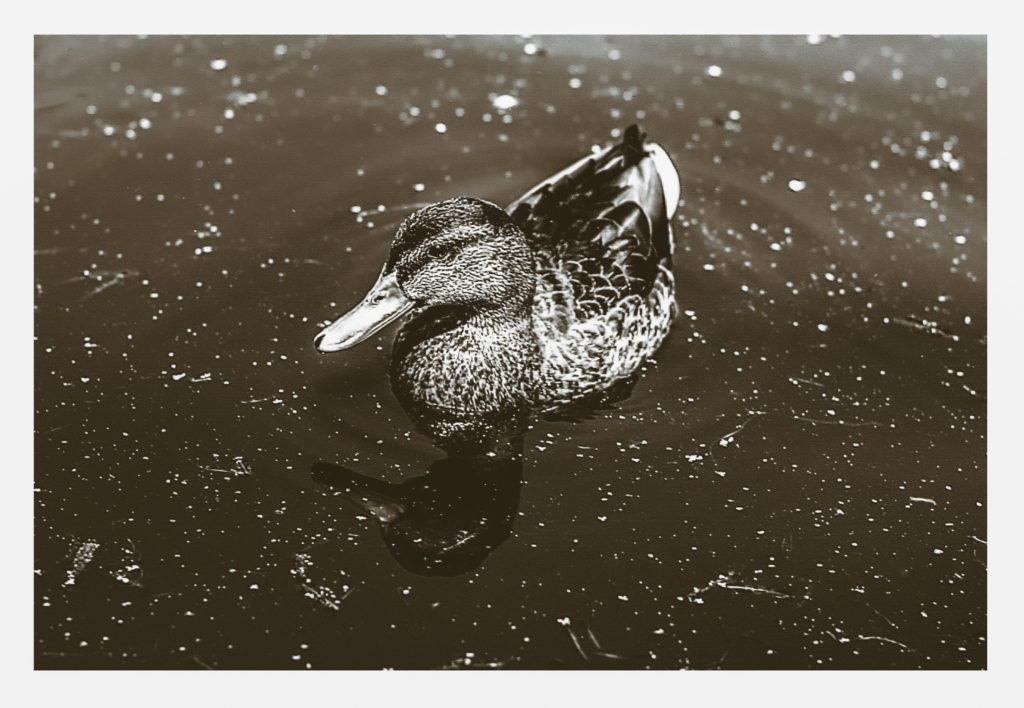
All photos are my own and copyrighted. Their use is prohibited without my written consent.MIC©
